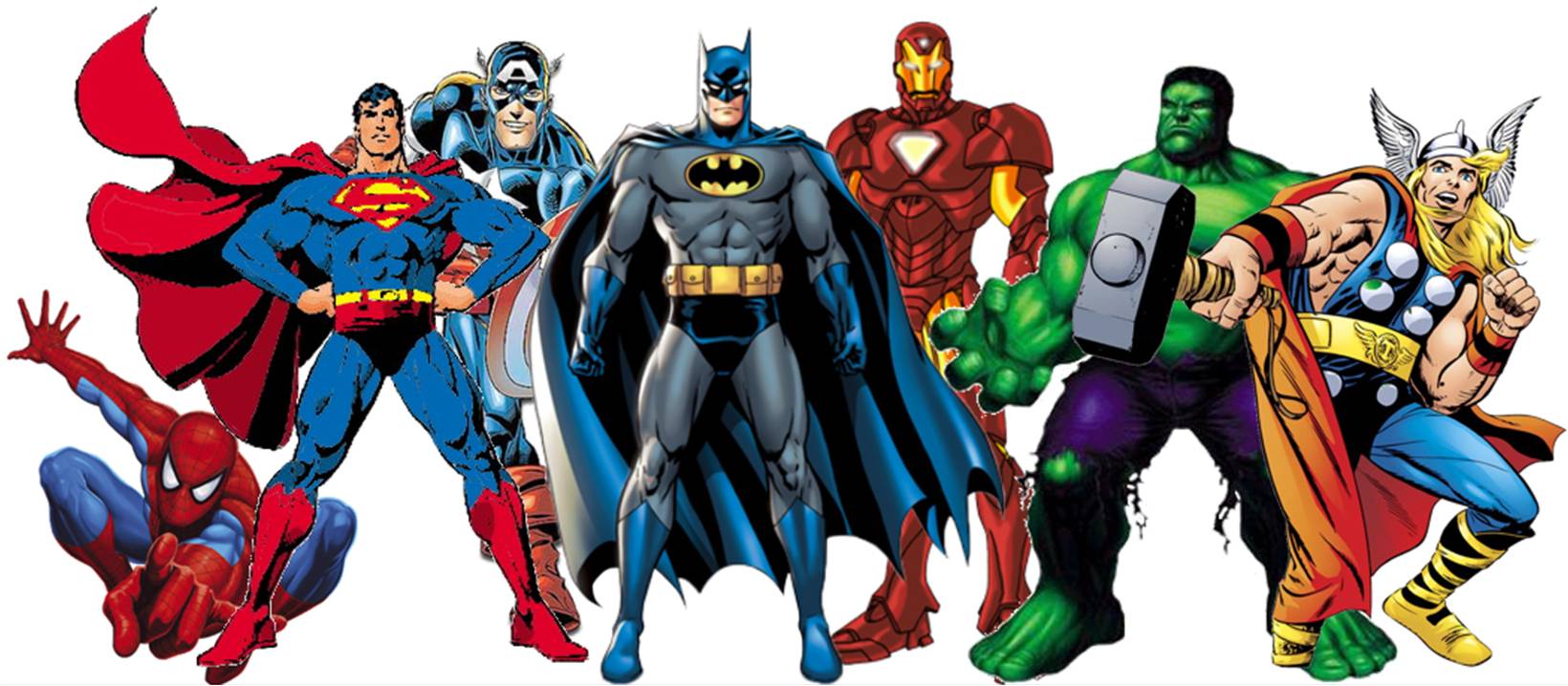
For whatever reason, I fall in love with academic essay collections. The ability of the writers to analyze pop culture in new and unique ways always opens up my eyes to new possibilities when it comes to interpreting the things which I watch, read, and to which I listen.
 Superhero Bodies: Identity, Materiality, Transformation, from Routledge’s Advances in Comics Studies series, is one of those such books. Per the introduction, the book is “the first collection of scholarly research specifically dedicated to investigating the diversity of superhero bodies, their emergence, their powers, their secrets, their histories, and their transformations.”
Superhero Bodies: Identity, Materiality, Transformation, from Routledge’s Advances in Comics Studies series, is one of those such books. Per the introduction, the book is “the first collection of scholarly research specifically dedicated to investigating the diversity of superhero bodies, their emergence, their powers, their secrets, their histories, and their transformations.”
Now, right off the bat, it seems that there are a couple of things missing from the collection: there’s no addressing of trans issues, which can likely be due to the fact that, while transgender characters are a part of the superhero comics universe, there aren’t any transgender superheroes, per se. Nia Nal, aka Dreamer, from the CW’s Supergirl, only appeared in October of 2018, making it difficult for any consideration in this volume.
There is an addressing of cross-dressing via the Canadian animated program SheZow, which author Diana Sandars puts in the context of “child’s play,” but she’s also focusing more on the idea that the show is about “the disruption of gender roles.”
That issue aside, the way in which the various authors address different aspects of superhero (and supervillain) bodies is endlessly fascinating. The best essays address topics with a sense of honesty regarding the medium in which they’re presented. It’s especially strong in the Identity section, which sees several essays on the depiction of women within the superhero sphere.
Victoria Tedeschi’s “Poison Ivy, Red in Tooth and Claw: Econcentrism and Ecofeminism in the DC Universe” and “‘Let’s start with a smile’: Rape Culture in Marvel’s Jessica Jones” by Verity Trott are presented back-to-back, and that pairing demonstrates the way in which the presentation of Poison Ivy could be changed, “[r]ather than perpetuating her constant relegation and abuse.”
Trott’s essay demonstrates that Jessica Jones emphasizes “the contextualisation of violence from within the home, position the abuser as an everyday man, and reinforce[s] the link between perceived acts like a request to smile to the objectification and control of women.” The way in which Jessica Jones — and, to a certain extent, Alias, the comic on which it’s based — lights a path to presenting a woman character in a way which is powerful and not exploitative.
Those two pieces become a whole in Wajeehah Aayeshah’s “Empowered and Strong: Muslim Female Community in Ms. Marvel,” wherein the author explores the beauty of Ms. Marvel. As she states, that “lies in its diversified representation of average Muslim women in America,” who are “different and complex” with lives with are “messy and intricate.” The fact that the Ms. Marvel book has been so successful and so resonant is due to that fact that it “connects with its audience on a meta level, via the authentic representation of the daily life of diverse American immigrants.”
That sense of authenticity and honesty, rather than, say, presenting Poison Ivy as an “oversexualized monster,” is what makes Jessica Jones and Ms. Marvel‘s Kamala Khan realistic depictions of identity within a fictional, fantastic world.

That seems to be where many of the authors go: looking at how realistic details make the superheroes and supervillains more believable, relateable, and, above all, interesting. In Julian Novitz’s “Against Impossible Odds: Supervillain Bodies in Austin Grossman’s Soon I Will Be Invincible and Matt Carter’s Almost Infamous,” the writer makes the point that Soon I Will Be Invincible‘s Doctor Impossible is far more interesting than the hero, CoreFire, whose “presence in the novel is purely physical […] capable of only spouting bland superhero cliches, like ‘Stand back, villain.'”
This stands in contrast to Impossible’s self-awareness, which “allows him to bring an appealingly humorous, melancholic, or even occasionally poetic tone to his discussion of his career.” Really — honestly — I just wanted to include this as an example of how these writers take deeply academic and analytical looks at things of which I am already quite fond, and just make me want to go back and dig into them more, peeling back the layers.
Superhero Bodies is a wonderful book, and editors Wendy Haslem, Elizabeth MacFarlane, and Sarah Richardson are to be commended and celebrated for collecting eleven of the most fascinating reads on a fantastic subject I’ve yet read. So many collections of scholarly essays end up having one piece that leaves me cold, shaking my head and saying, “nope,” that to have found one that I can recommend from front to back is nothing short of amazing.
Superhero Bodies: Identity, Materiality, Transformation is available in hardcover or eBook from Routledge.




